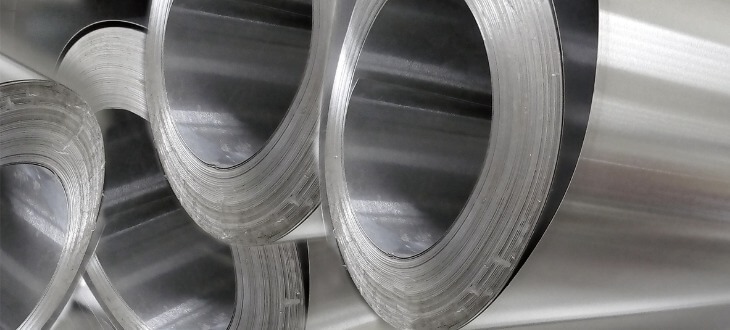Aluminum is a highly reactive metal that can easily oxidize, forming a layer of aluminum oxide on its surface. This layer is typically a dull, grey, or black color. In some cases, this layer can make aluminum more susceptible to corrosion.
There are many ways to remove oxidation from aluminum. This article explains what oxidation is, some effects of oxidation, tips to prevent oxidation, the materials you will need to remove it, and the steps to remove oxidation from aluminum. Let’s get started!
What is oxidation?
A substance oxidizes when it comes into contact with oxygen or another oxidizing agent. Oxidation occurs when an atom, molecule, or ion loses one or more electrons during a chemical reaction. When an item is oxidized, the chemical species increases.
Oxidation is a very common reaction, and it’s involved in many important processes, such as the rusting of iron, the burning of fuel, and the production of electricity.
Some examples include:
- The rusting of iron. In this process, the metal will react to form iron oxide, which is rust.
- The burning of fuel. Fuel molecules react with oxygen to produce carbon dioxide and water.
- The production of electricity. During this reaction, electrons transfer from one substance to another, which produces an electric current.
Effects of Oxidation
There are many effects of oxidation, including:
- Rusting: Oxidation can cause rusting, which results in the material becoming weak and brittle.
- Corrosion: Aluminum can corrode when exposed to oxidation.
- Degradation of plastics: Oxidation can break down plastics, making the plastic unable to be used.
- Spoiling food: When food is oxidized, it can cause the food to spoil and become unsafe to eat.
Tips to Prevent Oxidation
There are a number of ways to prevent oxidation from occurring to your aluminum:
- Use protective coating such as paint
- Store your materials in a cool and dry place
- Use antioxidants to slow down the process
Materials You’ll Need to Remove Oxidation From Aluminum
There are some materials you will need for this project:
- Aluminum oxidation remover
- Cleaning rags
- Microfiber cloth
- Non-abrasive cleaning brush or pad
- Dish soap
- Bucket
- Gloves
How to Remove Oxidation From Aluminum in 4 Steps
Step 1. Clean Your Aluminum
Start by cleaning the aluminum surface to remove any loose dirt or debris. Mix a small amount of dish soap with water and gently scrub the surface using a non-abrasive brush or pad. Rinse well with clean water and pat dry with a soft cloth.
Step 2. Apply Your Aluminum Oxidation Remover
Wearing your gloves, apply your aluminum oxidation remover. You will need to follow the directions for your specific brand, as each functions a bit differently.
Step 3. Rinse and Dry
Once the oxidation has been removed, rinse the aluminum surface with clean water to remove any residue. Pat the surface dry with a clean, soft cloth to prevent water spots.
Step 4. Apply a Protective Coating (Optional)
To prevent future oxidation, consider applying a protective coating designed specifically for aluminum. This additional layer will protect against environmental factors and enhance the aluminum’s look and longevity.
Visit Tampa Steel & Supply for Quality Metal and Metal Processing Services
Do you need help with metalworking and keeping your metal fresh? The experienced professionals at Tampa Steel & Supply are here to help. We provide the highest quality of services to our customers.
Request a Quote Online
Or Call Tampa Steel & Supply at (813) 241-2801

